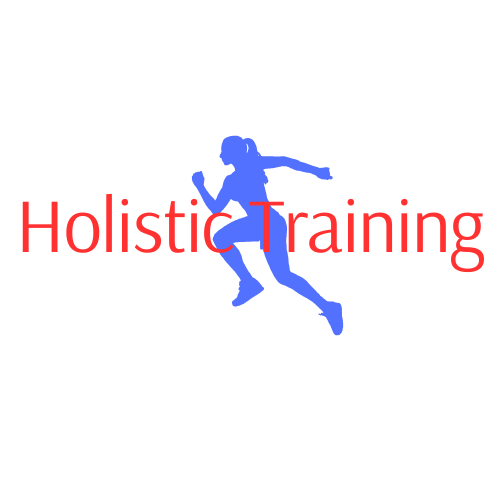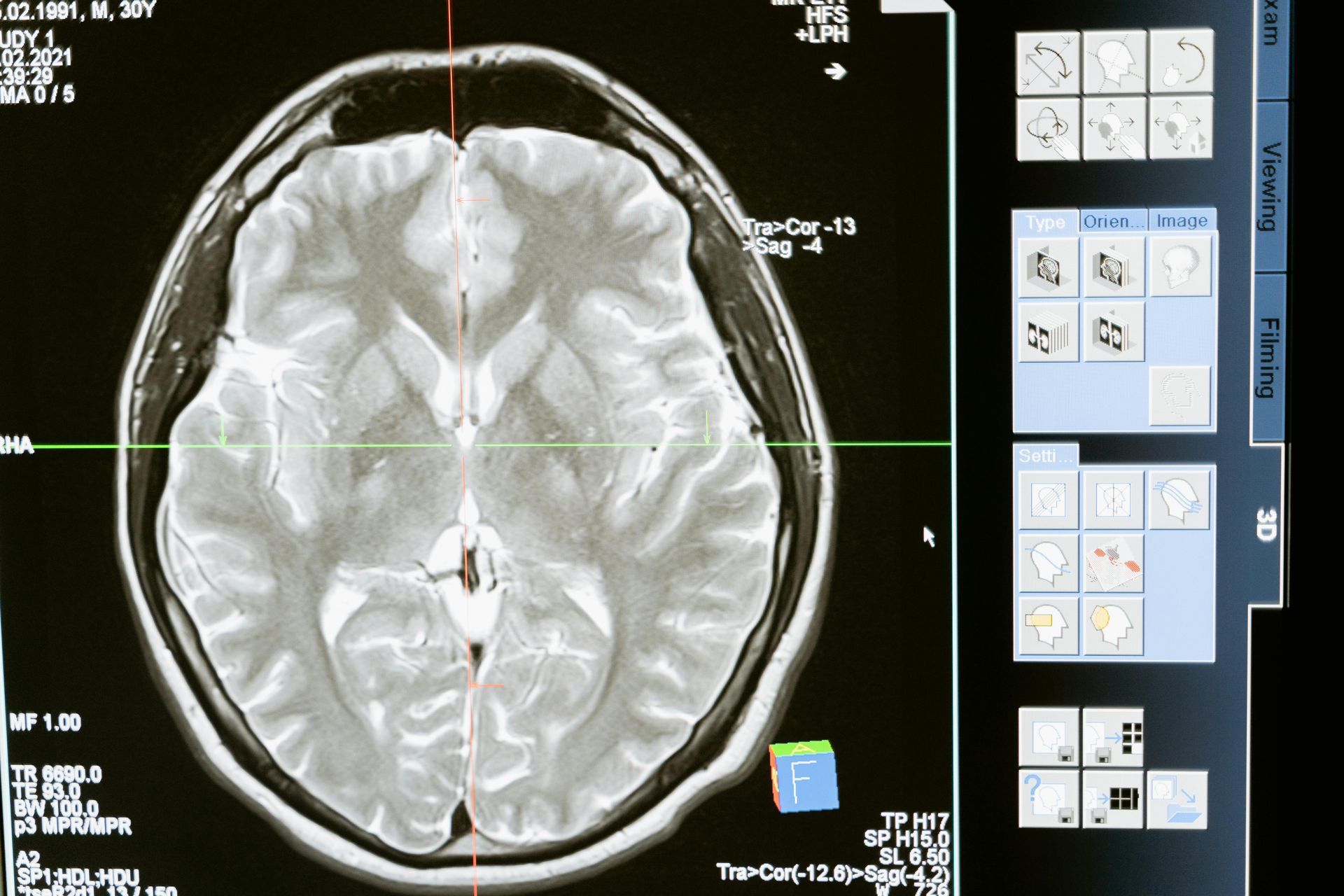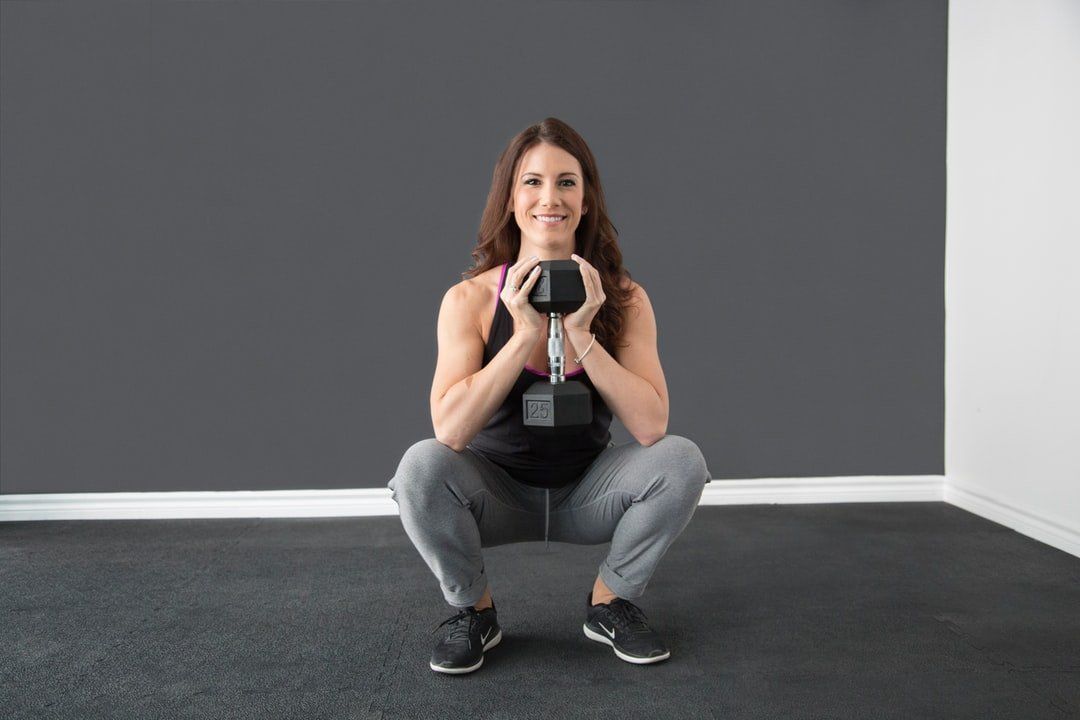Evidence-based Health
Your Guide to Fitness and Food

You likely often hear about a new fitness trend that promises rapid results. You look it up and see glowing testimonials as well as impressive before-and-after photos. For instance, some insist that low volume training is more optimal for muscle growth than high volume training, while others vehemently say the opposite. Who is right, and how do we even begin to figure out who to trust?
Let's be honest, there's an overwhelming amount of information out there in the fitness and nutrition world. It can be incredibly difficult to separate fact from fiction. Do low-carb diets really promote greater fat loss simply because "carbs are bad"? Or is it more likely due to the higher protein content and the appetite-suppressing effects of protein often found in these diets? There's admittedly a lot of information floating around that seems to support positions that directly contradict each other.
This blog post is here to help you navigate this confusing landscape. I'll empower you to become a critical consumer of information by understanding a little bit about how science actually works and how it can be applied to your life, so you can make smarter choices for your health and fitness journey.
What is Science?
Science isn't just a collection of facts; it's a dynamic way of understanding the world around us. We can think of it in two key ways: as a process or as a body of knowledge.
At its heart, science is an iterative process involving what is known as the scientific method. It starts with observation of the natural world leading to the formation of hypotheses (proposed explanations for observations). These hypotheses are then tested through experimentation, hence the importance of testability. The collected data are carefully analyzed, and conclusions are drawn. Do the data support the hypothesis? If so, further experimentation may be done in an attempt to replicate the results. If not, then the hypothesis may be either modified or abandoned altogether.
Crucially, scientific findings undergo peer review by other experts in the field to ensure rigor and accuracy. Finally, for a finding to be truly robust, it often needs replication by other researchers. This process prioritizes skepticism–questioning claims and seeking evidence–alongside open-mindedness to new possibilities. It's also inherently self-correcting. As new and better evidence emerges, our understanding evolves. Think about how our understanding of carbohydrate intake or optimal exercise techniques has changed over time as more research has been conducted. Therefore, scientific conclusions are provisional, or open to revision (at least in principle).
Science also represents the accumulated empirical evidence and understanding that has been gained through this rigorous scientific process. This body of knowledge isn't static; it's constantly evolving as new research emerges and refines our understanding. For example, the fundamental role of protein in muscle growth and the importance of calorie balance for weight management are now well-established scientific knowledge in fitness and nutrition, backed by extensive data and our understanding of these pieces of knowledge and their applicability continues to grow.
Exploring Various Types of Scientific Research
Scientists use different approaches to investigate questions in fitness and nutrition, each with its own strengths and weaknesses. In observational studies, researchers observe and collect data without intervening. Examples include cohort studies, which follow groups of people over time, and case-control studies, which compare individuals with a specific condition to those without it. Observational studies are valuable for identifying potential relationships between different variables, such as a particular dietary pattern and the likelihood of developing a certain health outcome. This can be very useful for generating initial hypotheses. The major limitation of observational studies is that they cannot establish cause-and-effect relationships. Just because two things are correlated (occur together) doesn't mean one causes the other. There might be other confounding variables influencing the results. For example, an observational study might find that people who eat more vegetables have lower rates of heart disease, but it can't definitively say that eating vegetables causes the reduced risk. There could be other lifestyle factors at play.
In contrast to observational studies, experimental studies are done by researchers who actively manipulate one or more variables to see what effect it has on a particular outcome. The randomized controlled trial (RCT) is a prime example of an experimental study. Experimental studies, especially RCTs, are powerful because they can establish cause-and-effect relationships due to the controlled conditions and the direct manipulation of variables. In RCTs, randomization also helps to minimize bias by ensuring that participants are assigned to different groups (e.g., a control group and an intervention group) by chance. An example in exercise science would be an RCT comparing the muscle growth in groups following two different workout programs (e.g., high volume vs. low volume).
With strengths also come weaknesses. Experimental studies can be expensive and time-consuming to conduct properly. Additionally, the highly controlled environment of a lab might not always perfectly reflect real-world conditions, thus they may be lacking in ecological validity or generalizability. Finally, ethical considerations can sometimes limit the types of experiments that can be performed on humans.
Systematic reviews and meta-analyses are types of studies that synthesize the findings from multiple individual studies that have already been conducted on a specific topic. They provide a comprehensive overview of the available evidence. By combining data from multiple studies, they can increase statistical power and sometimes resolve conflicting findings from individual studies. An example is a meta-analysis examining the overall effectiveness of creatine supplementation on various aspects of athletic performance.
That being said, the quality of a systematic review or meta-analysis is inherently dependent on the quality of the individual studies it includes. There's also the potential for publication bias, where studies with positive or significant results are more likely to be published than those with negative or null findings.
Another class of research is animal studies and in vitro studies. These types of studies are often conducted in the early stages of research. They allow researchers to investigate biological processes at a cellular level (in vitro) or in controlled animal models, providing valuable insights into potential mechanisms. However, it's crucial to remember that results from animal or in vitro studies may not always translate directly to humans.
The Hierarchy of Evidence
In the world of scientific research, not all evidence holds the same weight. Think of it as a pyramid of evidence, with the most reliable information at the top:
- Anecdotal Evidence: This is at the very bottom and includes personal stories or opinions from individuals, even those who might call themselves "gurus." It's the weakest form of evidence, as it's prone to personal bias and individual variability.
- Expert Opinion: While experts are knowledgeable, their opinions, without supporting data, are still susceptible to bias and inaccuracies.
- Case Reports and Case Series: These are detailed reports on a single individual or a small group. They can be useful for generating hypotheses or illustrating a point but cannot establish cause-and-effect.
- Animal Studies and In Vitro Studies: As mentioned earlier, these are valuable for preliminary research but may not directly apply to humans.
- Cross-Sectional Studies: These studies collect data at one point in time. They can show associations but can't tell us if one thing caused the other.
- Case-Control Studies: These studies compare people with a condition to those without, potentially identifying risk factors.
- Cohort Studies: By following groups over time, these studies can establish temporal relationships (that one thing happened before another) but might still be influenced by other factors.
- Randomized Controlled Trials (RCTs): Often considered the "gold standard" for establishing cause-and-effect in human research.
- Systematic Reviews and Meta-Analyses: Sitting at the highest level of the hierarchy, these provide a comprehensive synthesis of the best available evidence.
It should be noted that the hierarchy of evidence should serve as a guideline and not as absolute law. For instance, there are cases where data can accumulate from higher quality experimental studies that might be inconsistent with prior systematic reviews and meta-analyses.
In another post titled “What is Science-based Fitness and Nutrition”, I wrote about scientific consensus and argued that “science-based” often refers to being based on conclusions supported by a large body of evidence from multiple studies, potentially leading to a scientific consensus within a particular field which is typically stronger than information based on a single, isolated study even if that study contradicts said consensus. While relying on consensus filters out weak or unsubstantiated claims, and it helps to overcome individual bias and error, it should be noted that it should not be used as dogma. As alluded to previously, consensus sometimes evolves as compelling new evidence emerges that challenges existing understanding.
Applying Scientific Understanding
Now that you have a better understanding of how science works and the different types of evidence, you can start to critically evaluate the information you encounter. In doing so, there are some red flags to look out for: claims based solely on anecdotal evidence or testimonials, sensationalized headlines or clickbait designed to grab your attention rather than present accurate information, promises of quick fixes or miracle cures, selectively ignoring the broader body of scientific evidence or cherry-picking studies that support a specific claim while disregarding those that do not. Other things to look out for include promoting a single study as definitive proof without considering the context of other research, a lack of credible sources or citations to back up claims, attacks on established scientific consensus without providing robust alternative evidence, and clear financial incentives behind the claims such as promoting a specific product.
How does one evaluate information beyond these red flags? First, check a source’s credibility. Are the authors experts in the field? Is the information coming from a reputable organization or a peer-reviewed publication? Look for evidence-based claims that are supported by multiple well-conducted studies, not just one (preferably by systematic reviews and meta-analyses in the context of fitness and nutrition information). Be extra skeptical of absolute statements or guarantees. Science rarely deals in absolutes. Consider the context and potential biases of the information source. And when in doubt, consult with qualified professionals such as registered dietitians, certified personal trainers, or doctors with an eye on the overall body of scientific literature regarding the topic in question.
Bridging the Gap Between Research and Practice
Science-based coaching involves creating personalized fitness and nutrition plans based on the best available research, rather than generic templates or the coach’s personal biases. For example, instead of dogmatically recommending low-volume or high-volume training, a science-based coach would consider the individual’s goals, experience level, and the current scientific understanding of muscle growth.
Of course, the best plan is the one the client is more likely to stick to. If plan A follows every applicable scientific principle for the relevant goals, it is not nearly as good as plan B which follows some scientific principles (but not all) if the client adheres more to B than A. Science-based coaching recognizes that individual differences play a role in how clients respond to training and nutrition coaching. Genetics, lifestyle, and personal preferences all play a role, and a good coach will tailor their approach accordingly. Thus, while a coach may understand that while scientific principles are generalizable, their application needs to be specific to the individual.
Science-based coaching also involves regular assessment of a client’s progress (e.g., strength tests, agility tests, endurance tests, etc.). This data then informs adjustments to the training and nutrition plan, ensuring it remains effective and aligned with the client’s goals. This ties into the scientific process of observation, data collection, and analysis.
A science-based approach that is also client-centered can highlight the value of empowering clients with a basic understanding of the science behind their training and nutrition and to tailor it to their specific goals. This promotes greater adherence, promotes critical thinking, and helps clients become more independent in managing their health and fitness in the long run. This approach can also help clients navigate the often conflicting field of fitness and nutrition information by teaching them how to identify red flags, evaluate sources, and differentiate between credible evidence and misinformation.
One other thing that science-based coaching entails is continuing education. A science-based coach strives to stay up-to-date with the latest scientific findings and translates them into practical strategies for their clients. This requires continuous learning and a commitment to evolving their coaching methods based on new evidence. However, they should also avoid dogmatism and brace nuance. Science is not about absolute truths, but rather a continuous process of learning and refinement. One should be open to adjusting their strategies as new and better evidence emerges.
Final Thoughts
To summarize, this blog post serves as a guide to navigating the often confusing world of fitness and nutrition by emphasizing the importance of evidence-based decision making. It begins by highlighting the overwhelming amount of contradictory information available and establishes the need for critical thinking. It then delves into the nature of science, explaining it as both a dynamic process involving the scientific method and an ever-evolving body of knowledge built upon empirical evidence.
Different types of scientific research are explored, including observational studies, experimental studies like RCTs, systematic reviews and meta-analyses, as well as animal and in vitro studies, with their respective strengths and limitations. The hierarchy of evidence is presented as a framework for evaluating the reliability of different sources of information, with anecdotal evidence at the bottom and systematic reviews and meta-analyses at the top. Practical guidance is offered on how to apply scientific understanding by identifying red flags in fitness and nutrition claims and evaluating the credibility of information sources. Finally, the concept of science-based coaching is introduced, emphasizing personalized programming, data tracking, client education, critical evaluation of information, and the recognition of individual variability, all grounded in scientific principles and continuous learning.
In conclusion, this guide underscores the power of science as a tool for understanding and making informed choices about your health and fitness journey. By grasping the fundamental principles of the scientific process, recognizing the strengths and weaknesses of various research methods, and understanding the hierarchy of evidence, you are empowered to become a discerning consumer of information. Remember to be skeptical of unsubstantiated claims, prioritize evidence-based recommendations, and consult with qualified professionals when needed. Ultimately, embracing an evidence-based approach will help you cut through the noise of fleeting trends and build a sustainable path towards achieving your health and well-being goals.
















